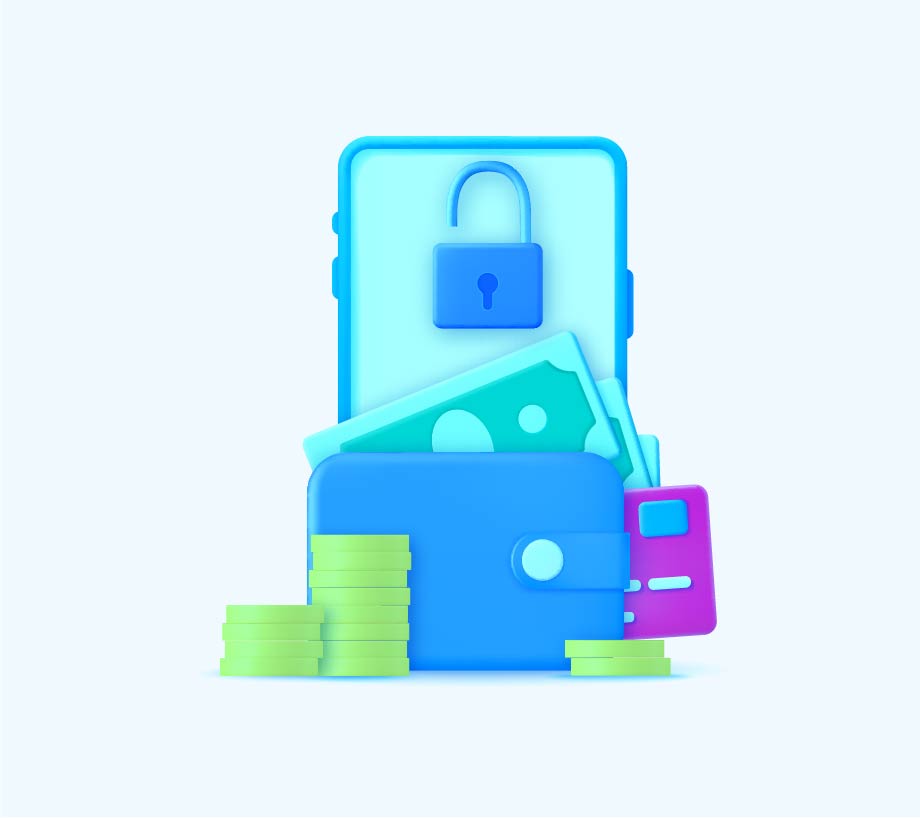
Top Online Payments Security Trends
Learn about the latest approaches when it comes to assessing security risks, and find out more about the latest authentication trends in the online payments industry.

3D Secure authentication was first introduced in 2001 by Visa through its Verified by Visa program due to a spike in eCommerce. This was motivated by the need for higher security measures in online payments. To find out how the story unfolded and what are the benefits of 3D Secure authentication, keep reading this article.
Over the years, eCommerce became an efficient and effective way for consumers to shop for goods and services from the comfort of their own homes. Online shopping provides a convenient way of purchasing for cardholders due to wide offer in all market segments, 24/7 availability, delivery tracking, and online card payment convenience.
Increased number of online transactions also opened doors for less wanted activities, one of them being fraudulent use of payment cards. To tackle this challenge, Visa introduced the 3D Secure 1 protocol through its Verified by Visa program in 2001. Other credit card schemes were quick to adopt the protocol as well, in order to secure online payments.
Nowadays, consumers have more ways to pay than ever before, whether through a browser, mobile app, or a connected device. Another trend is that online shopping is moving from the desktop to the smartphone, which results in the fact that today more than 45% of eCommerce traffic is mobile.
The original protocol from 2001 did not predict this trend. The design did not have proliferation of mobile in mind. This caused poor user experience on mobile devices and hampered the use of the latest trends in authentication methods.
It was evident that 3D Secure needed an upgrade. 3D Secure 2 protocol provides the best possible user experience in online shopping while having online payment security in mind. The end goal was to make online transactions both more secure and friction-free while making the authentication experience as smooth as possible.
EMV 3D Secure is a messaging protocol that promotes easy consumer authentication while making card-not-present eCommerce purchases. It enables consumers to actively authenticate themselves with their card issuer if cardholder verification is necessary.
3D Secure stands for ''Three Domain Secure'' and involves the following domains:
After the customer enters their payment information during checkout, they are redirected to their credit or debit card issuer's 3D Secure web page. Here, they provide one of the following:
In case of a frictionless transaction, the customer won't have to provide any further information. By entering the correct data, the payment will be approved by the card issuer, based on buyer's behavioral analysis confirming their authenticity.
Finally the customer is redirected to the initial website containing an order confirmation notification. It's that easy!
Since 3D Secure has many parties involved, we are going to summarize benefits for each participant. We already mentioned ultimate security and smooth user experience, but there are many more to discuss when talking about 3D Secure.

Learn about the latest approaches when it comes to assessing security risks, and find out more about the latest authentication trends in the online payments industry.
To find out more about Trides2 portfolio, contact us or visit our blog section.